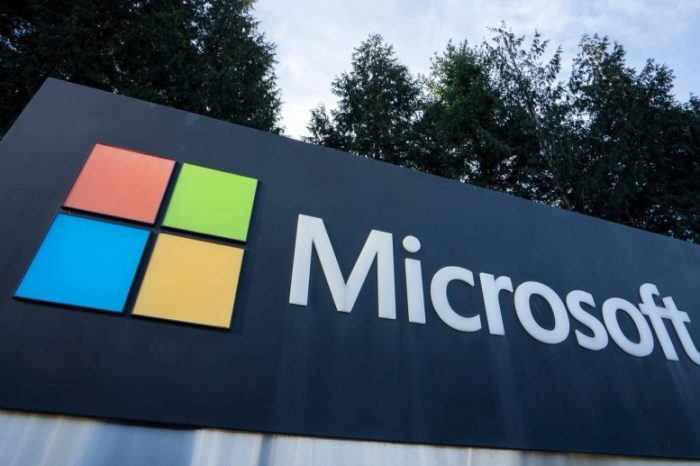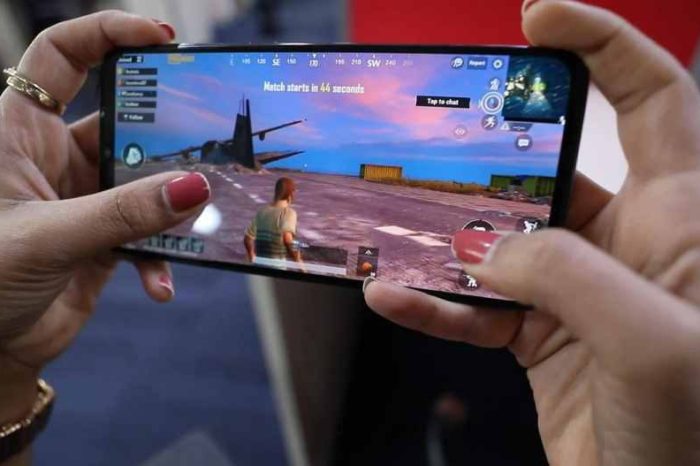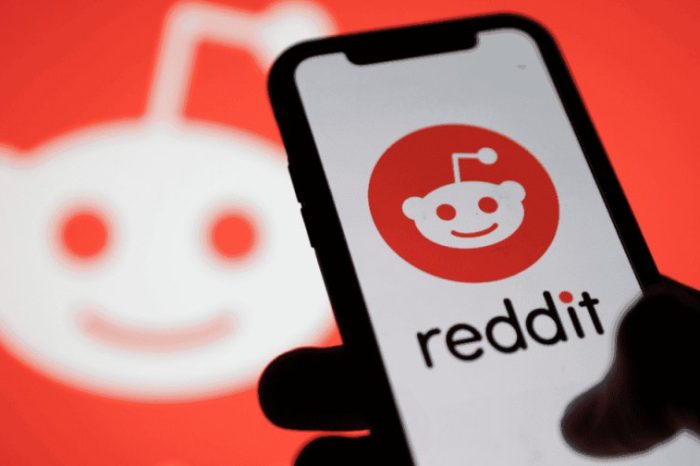Alexander Graham Bell most likely had no idea that he had discovered what would eventually change the world in more ways than can be imagined. The technology that started out for telephones has led to more discoveries in the telecommunication field that keep people in touch and connected around the world.
The Early Days
On March 10, 1876 Alexander Graham Bell transmitted the first speech using electricity. From that day forward, the telephone system changed every aspect of life. Although it did not immediately change the world, it set communication on a path that would alter the future of communication.
The initial lack of acceptance of Mr. Bell’s discovery was due the telegraph being the dominating form of communication and it had been around for over 50 years. This voice across electrical lines that Mr. Bell was proposing was a new and daunting discovery.
In the late 1870’s Bell took his public telephone demonstrations on the road in an attempt to raise awareness and public finance for the project. Mr. Bell presented the telephone as a broadcasting system.
Initially, phones connected only two lines. In June30, 188 there were 287 phones installed, by July there were 750. Ten years later there would be 167,000 phones and a maze of wires overhead. (Pool, Ithiel de Sola; _The Social Impact of the Telephone_; Cambridge, MIT Press, 1977.)
Technology
Mr. Bell wasn’t the only person working on ideas that would impact telephone technology. Thomas Edison invented the first transmitter and receiver that would be practical for commercial use. He had already invented a type of multiplexing that allowed messages to be sent in opposing directions simultaneously.
Many more changes came about in the ensuing years and AT&T incorporated in 1885 to lease phones to homes and offices but maintained ownership of the technology.
Then, in the 1880’s the switchboard came on board. During this time, there was no dialing, no signaling system, and no electronic switches. Callers would crank the handle; get an operator who then connects them to their party and then have their conversation. This type of system had no ringer to alert of incoming calls and no privacy due to the operator being the middle man holding the call together.
By 1946 the number of telephone callers made switchboard operators’ jobs too much for people alone to handle. Nearly a quarter of a million operators were working for AT&T in 1946 but that number would decrease significantly with the invention of automatic call switching.
Although this switching system was invented in 1889, it was not until 1914 that it was installed on a large scale basis in New Jersey. Then, it wasn’t until 1976 that the first computerized switch was put into action and by 1982 almost half of all telephone calls were switched electronically.
Turning the Century
Bell’s patent ran out at the turn of the century and approximately 6000 independent phone companies opened up shop. These independent companies could only connect locally, AT&T refused to allow them to link to the national system. Instead, they waited for the little guy to go bankrupt and then bought them out.
In 1984, AT&T got out of the local telephone service at the end of a ten-year lawsuit pushing to break up the telecommunication giant. This resulted in the forming of the so called ‘baby Bells’. ?This breakup also allowed users to own their phones and hook up their own devices to them.
Prior to the 20th century phone systems used twisted copper wires which were expensive to install and absorbed a great deal of electrical energy. The coming years would see copper wire give way to coaxial cables, then microwave stations and then telecommunication satellites.
Digital transmission, though not new, did not come into telephone play in a large way until the 1980’s. Using fiber optic cables, digital transmission was up to 125,000 times faster than that of copper cable. Copper wire is still in use in many areas due to the high cost involved with running fiber optic cable to every home, though many areas have replaced the lines with fiber optic cable.
Beyond the Telephone
Having mastered the basic telephone and communication across great distances, there were still technological advances waiting to be discovered. The fax machine uses telephone lines to transmit digital signals to a modem on the receiving in which decodes the signals into messages. Then along came the mobile or cell phone.
Cell phones appeared in the early 1980’s and today there are millions in use. Cell phone networks use the regular phone system connected to a computer controlled center and transmission towers to transmit messages. Originally, there were few transmission towers and the mobile phones were bulky and had to be used near towers in order to have clear transmission.
Within a few years, the phones became small enough to fit in the palm of a hand and towers were located nearly everywhere. While there are zones with poor reception, most cell phones are always in a usable zone.
Today, cell phones do much more than just allow for voice conversation, cell phones allow access to the Internet, email, business applications, pictures and much more.










